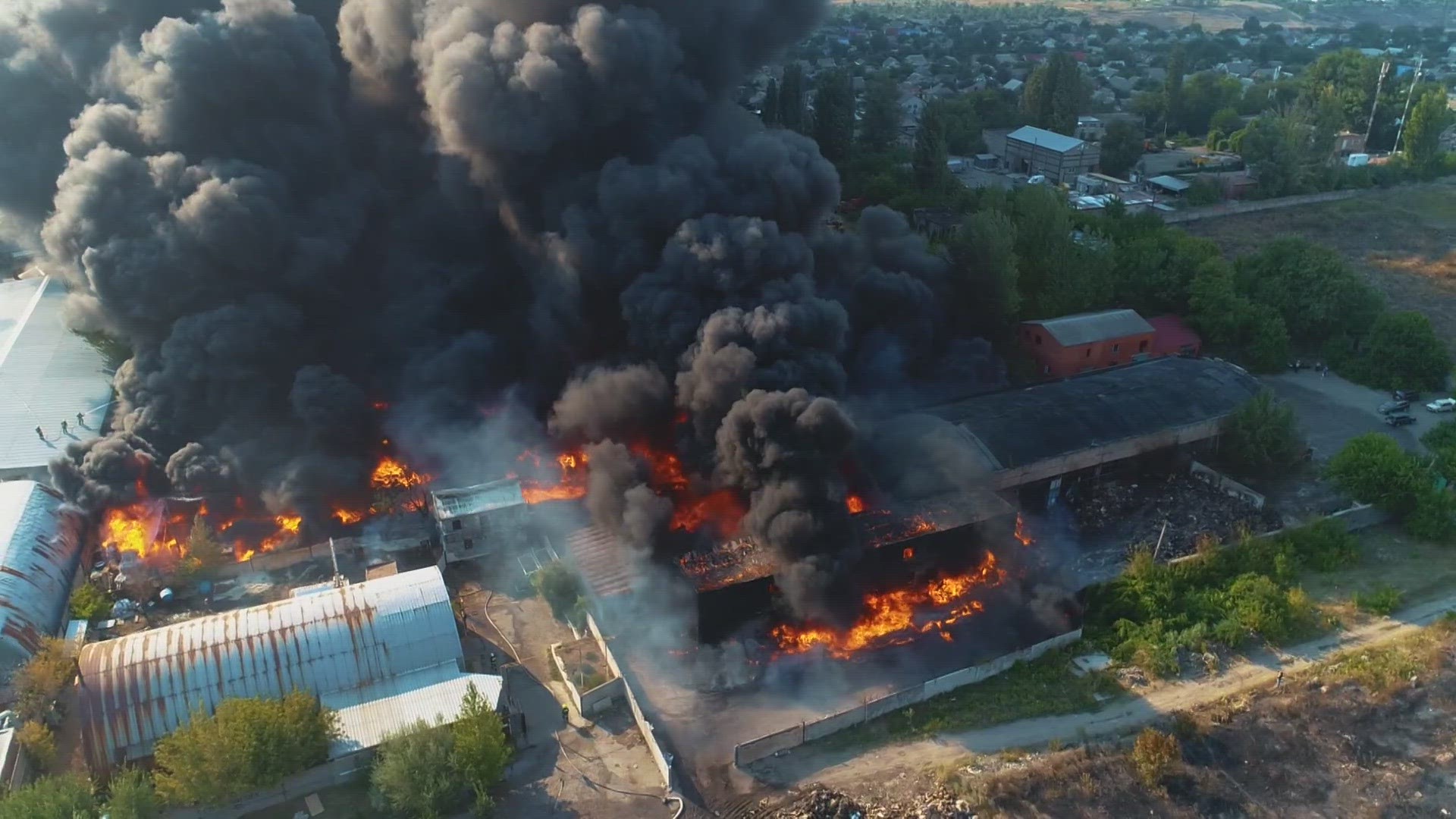DENVER — A new study from the National Center for Atmospheric Research (NCAR) shows that burned areas in the wildland-urban interface have increased by 35% since 2005 and that trend will likely continue for at least two more decades.
The Marshall fire in 2021 happened in the wildland-urban interface, or WUI, which is where the urban population starts to blend with the wildland vegetation. Wildfires in that type of area are expanding across the globe.
NCAR researcher Wenfu Tang used machine learning and satellite data to map out the increases, including in North America, between 2001 and 2020. She said there has been an increase because the wildland-urban interface is expanding as more people move closer to forested areas.
More people means more potential fire ignitions – and more potential damages. As an air quality specialist, Tang is concerned about the type of fire smoke that comes from WUI fires.
“Fire emissions from WUI fires could be more harmful and toxic to human health due to the involvement of structure burning,” she said.
The research also highlights the need for a better prediction system. There are currently no operational fire danger outlooks specifically for the wildland-urban interface.
“And actually some of our NCAR colleagues are making progress on building and improving the fire prediction systems,” Tang said.
More 9NEWS stories by Cory Reppenhagen:
SUGGESTED VIDEOS: Severe Weather
9NEWS+ has multiple live daily shows including 9NEWS Mornings, Next with Kyle Clark and 9NEWS+ Daily, an original streaming program. 9NEWS+ is where you can watch live breaking news, weather updates, and press conferences. You can also replay recent newscasts and find videos on demand of our top stories, local politics, investigations and Colorado specific features.
To download 9NEWS+ on Roku search for KUSA.
To download 9NEWS+ on Fire TV search for 9NEWS.

